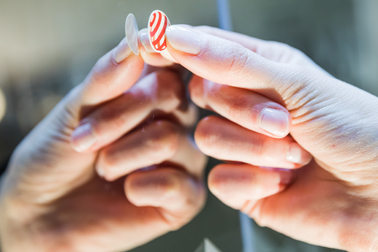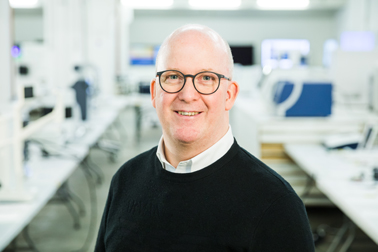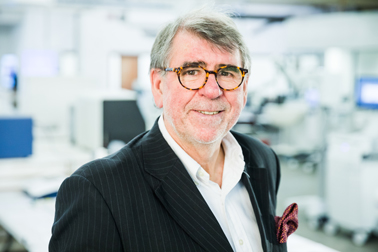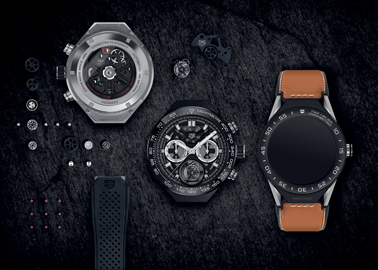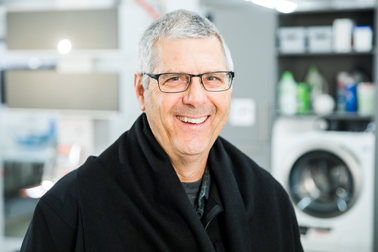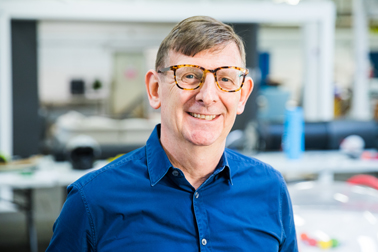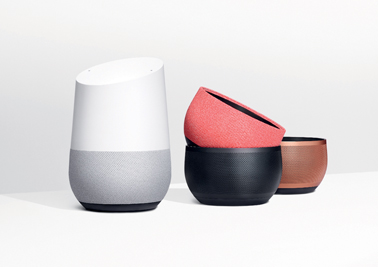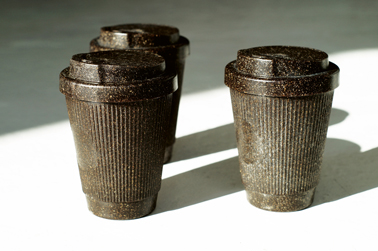The winners of the Red Dot Award: Product Design 2018 have been chosen
This year, companies and designers from 59 countries entered more than 6,300 innovations in the Red Dot Award: Product Design, a higher number than ever before. After inspiring and intensive discussions by the 39 jury members, they did not award a distinction until they had agreed on the good design quality of the product. As a result, a total of 69 entries – just 1.1% of all entries – received the top award in the competition, the Red Dot: Best of the Best. The Red Dot, which stands for good design quality, was awarded 1,684 times, while 45 objects won an Honourable Mention, which is given to a particularly well-executed aspect of design work. All of the designs have one thing in common: They represent the current status of product design and give insights into its future.
Excellent, award-winning design quality
From furniture and household appliances to fashion and consumer electronics – the excellent quality of this year’s products has made them award-winning products. Red Dot juror and design strategist Michael Thomson agrees: “The first thing I see is the greater breadth of varieties in the categories and that the quality within those is increasing. It is becoming much more complex to be successful as products become more connected to our emotional and aspirational ambitions.”
Gisbert Brunner, a passionate expert on watches, also emphasises the rise in quality: “This year, the range of watches entered in the competition is miles ahead of previous years. As a jury, we had a much larger selection of interesting timepieces, and it was a joy to see that these included really good designs, in terms not just of their appearance but also of their touch and feel.” For example, the watch “TAG Heuer Connected Modular 45 Luxury Kit” from TAG Heuer won a Red Dot: Best of the Best this year. It won over the jury with its modularity in particular: Parts of the watch, such as the case, the lugs, the strap and the clasp, can be interchanged. In addition, the smartwatch module can be replaced with an automatic mechanical chronograph module.
Thomas Lockwood, jury member and influencer in the field of innovation, sees the improving quality as a sign that companies increasingly define good design as a success factor in order to stay afloat on the market. “Design and innovation are the lifeline of our business”, he says.
Intuitive use as a key for smart design
“Every product has to combine high degrees of functionality with high aesthetic design quality. Both are important”, according to Martin Darbyshire, founder of the consultancy firm tangerine, speaking about the interaction between two components that play a decisive role in the judging. In terms of functionality, there is one thing that is especially noticeable: While the use of products is becoming more intuitive, the technology is receding into the background and becoming more and more invisible.
This trend is reflected in particular amongst the winning products in the Smart Home field. For example, “Google Home” won a Red Dot: Best of the Best. The smart speaker has integrated microphones and functions as a personal digital assistant to help with day-to-day tasks. Voice commands are used to play music, get a weather forecast, write a shopping list or use the Smart Home product. “Google Home” does not have any visible buttons or keys; instead it is controlled via an inconspicuous touchscreen. The use of fabric allows the technology to disappear into the background.
Use of innovative and sustainable materials
The award-winning products often featured a combination of innovative and sustainable materials. This was the principal reason why the “Kaffeeform Material” by Kaffeeform, which was submitted as a cup and is made from coffee grounds, prompted the jury to award it a Red Dot: Best of the Best. Because global coffee consumption is on the rise, and with it the resulting waste, more and more quantities of cold coffee grounds are readily available. Designer Julian Lechner used this wasted resource to create a sustainable and environmentally friendly alternative material to petroleum-based raw materials. Properties that are characteristic of the material include the marbled, wood-like surface, the smell of coffee, the light weight and the long shelf life as well as the fact that it is dishwasher safe. “We are talking about a product that many of us hold in our hand much too often and for much too short a time in plastic form. With ground-breaking products such as this ecological coffee cup, we are taking a step in the right direction”, explains materials and surfaces expert Katrin de Louw in connection with the carbon-neutral and recyclable container.
Celebration of the award-winners on 9 July
All of the laureates will be celebrated at the award ceremony in Essen’s opera house, the Aalto-Theater, on 9 July. The winners of the Red Dot: Best of the Best, which include Apple, Bulgari, Canyon Bicycles, Ferrari, Lenovo, LG, Philips, Porsche, Sony and Veryday, will accept their well-deserved trophies on stage in front of around 1,200 international guests. At the subsequent Designers’ Night, guests will party in the midst of the award-winning products in the Red Dot Design Museum, as the after-show party is also the opening of the exhibition: For four weeks, the “Design on Stage – Winners Red Dot Award: Product Design 2018” special exhibition will showcase the award-winning innovations as part of the world’s largest exhibition of contemporary design.
The day of the Red Dot Gala coincides with the publication of the Red Dot Design Yearbook 2018/2019, which presents all of the year’s winning products. In addition, they can be found in the Online Exhibition, the Red Dot App and on Red Dot 21 from that date.
» More information is available at www.red-dot.org/pd.
